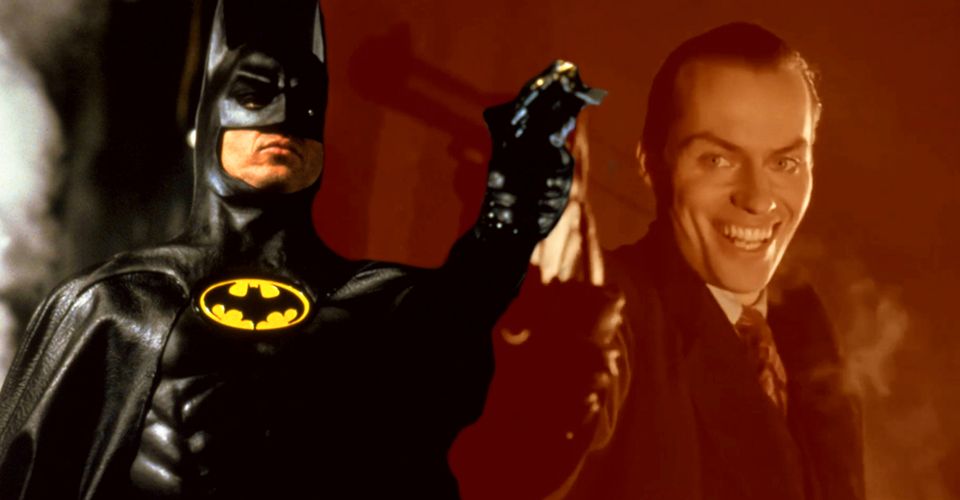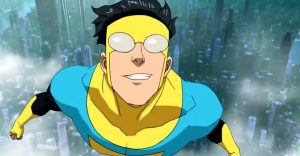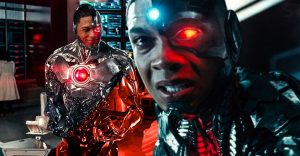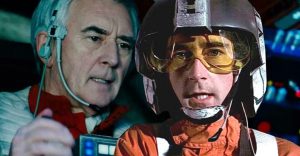Batman 89’s Original Identity Plan Would’ve Been The Best Wayne Murders

The Wayne murders have been depicted on screen numerous times, but the original identity plan for Batman 1989 would have provided the best death scene for Bruce’s parents. Tim Burton’s first Batman film remains a pop culture landmark, pioneering a serious yet darkly humorous interpretation of the Dark Knight. Batman 1989 isn’t an origin story but the root of Bruce Wayne’s trauma is crucial to the plot, and the original plan to represent this history would have only added to the movie.
In Batman 1989, Michael Keaton stars as Batman/Bruce Wayne, serving as Gotham’s protector as he confronts the homicidal Joker (Jack Nicholson). Photojournalist Vicki Vale (Kim Basinger) adds Batman 1989’s romance, caught in a love triangle between hero and villain. Following her date with reclusive billionaire Bruce, Vicki comes to suspect he is hiding something and digs into his traumatic past.
Despite its critical and commercial success, Batman 1989 controversially changed the Joker’s origin and had butler Alfred Pennyworth (Michael Gough) invite Vicki Vale into the Batcave. However, Batman 1989’s original identity plan would have offered Vale a more effective and visually striking means of discovery, leading to the best version of the Wayne murders to date. Burton’s flashback chillingly portrayed the tragedy, but he rejected an even better idea from Sam Hamm’s original script, which framed the murders as Vale’s eerie dream.

Screenwriter Hamm’s original plan involved an elaborate dream sequence after an encounter between Basinger’s Vale and Keaton’s Batman within the Batcave itself. Following a tense scene in which Vale accuses Batman of being Bruce Wayne, the journalist is momentarily stunned by knockout gas. According to this early version, this chemical agent causes the rear flame of the Batmobile to transform into a red glow, revealing a street outside a theatre.
The draft describes “liquid, weightless figures moving in a tinted, soundless cityscape as distant, tinkly carnival music plays.” Batman 1989’s original plan for the Wayne murders is more stylized, described in a haunting manner, with the gun of a lone attacker releasing a “silent burst of flame”. The dream cuts to a recreation of a photo Vale saw in newspaper archives, except Bruce’s face is hidden from view, before a woman’s hand beckons him to turn around. The boy eventually complies with a look of “horror that someone would dare to violate his most private and terrible of moments”. The woman is revealed to be Vale, cruelly snapping photos of Bruce with her camera before, suddenly, she wakes up in her apartment. This realization is far more impactful than the straightforward reveal in the final film, emphasizing Bruce’s past with nightmarish visuals. Depicting Vale’s perception of the Wayne murders and Bruce’s origin would have allowed Burton to create a more frightening, distorted sequence than Batman 1989’s restrained flashback.
Vale dreaming of Bruce’s loss both amplifies her connection to him and acts as self-condemnation of her prying into his tragic past. The Wayne murders are often reinterpreted in film and TV portrayals of the Dark Knight. Batman Begins wasted a lot of its run time on the hero’s origin and the killings needlessly opened Batman v Superman: Dawn of Justice in slow-motion. The murders don’t usually deviate much from the comics’ origin, but Batman 1989’s original identity plan would definitely have set it apart by blending reality and dreams to illustrate the perspective of a character other than Bruce Wayne/Batman.
- The Batman (2022)Release date: Mar 04, 2022
- DC League of Super-Pets (2022)Release date: Jul 29, 2022
- Black Adam (2022)Release date: Oct 21, 2022
- The Flash (2023)Release date: Jun 23, 2023
- Aquaman and the Lost Kingdom (2023)Release date: Mar 17, 2023
- Shazam! Fury of the Gods (2022)Release date: Dec 16, 2022
About The Author















